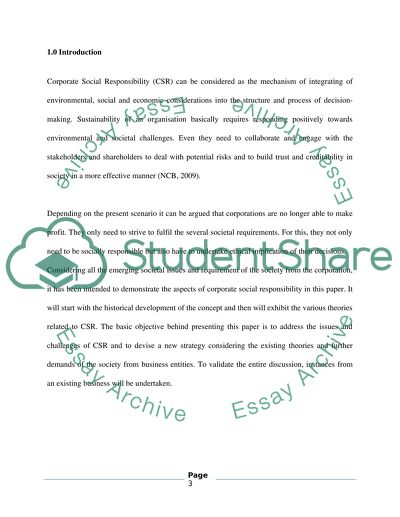Cite this document
(“Critically appraise the developments, challenges and understanding of Essay - 1”, n.d.)
Critically appraise the developments, challenges and understanding of Essay - 1. Retrieved from https://studentshare.org/miscellaneous/1572839-critically-appraise-the-developments-challenges-and-understanding-of-corporate-social-responsibility-csr-by-business-and-academics-in-todays-business-environment
Critically appraise the developments, challenges and understanding of Essay - 1. Retrieved from https://studentshare.org/miscellaneous/1572839-critically-appraise-the-developments-challenges-and-understanding-of-corporate-social-responsibility-csr-by-business-and-academics-in-todays-business-environment
(Critically Appraise the Developments, Challenges and Understanding of Essay - 1)
Critically Appraise the Developments, Challenges and Understanding of Essay - 1. https://studentshare.org/miscellaneous/1572839-critically-appraise-the-developments-challenges-and-understanding-of-corporate-social-responsibility-csr-by-business-and-academics-in-todays-business-environment.
Critically Appraise the Developments, Challenges and Understanding of Essay - 1. https://studentshare.org/miscellaneous/1572839-critically-appraise-the-developments-challenges-and-understanding-of-corporate-social-responsibility-csr-by-business-and-academics-in-todays-business-environment.
“Critically Appraise the Developments, Challenges and Understanding of Essay - 1”, n.d. https://studentshare.org/miscellaneous/1572839-critically-appraise-the-developments-challenges-and-understanding-of-corporate-social-responsibility-csr-by-business-and-academics-in-todays-business-environment.


